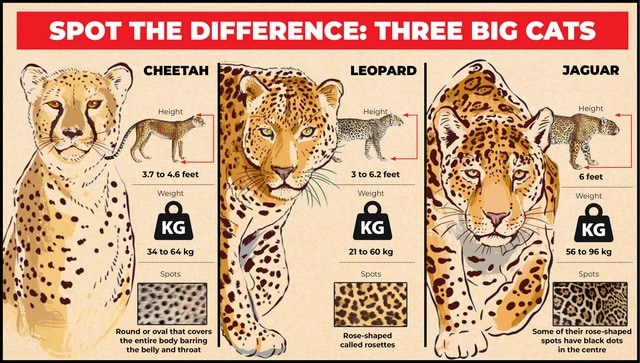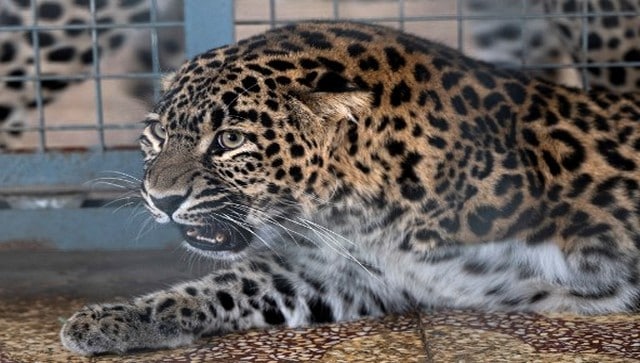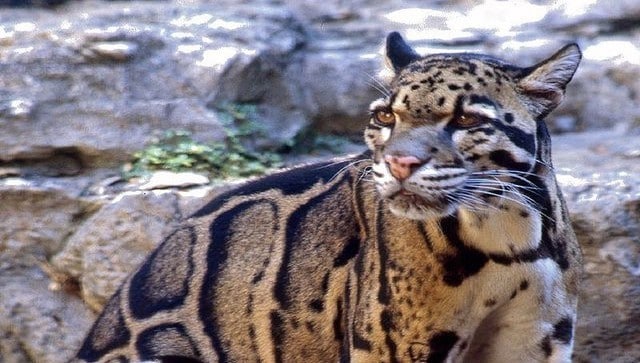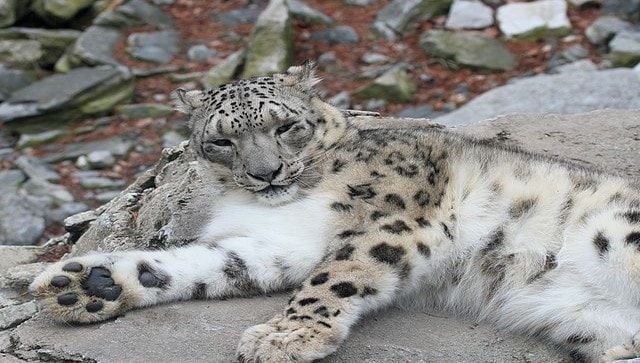Cheetahs are coming back: A guide on how not to confuse them with the leopard
Cheetahs are coming back: A guide on how not to confuse them with the leopard

It is truly a wild wonder. Eight cheetahs from Namibia will make the long journey to India on Saturday only to be released by Prime Minister Narendra Modi in the Kuno-Palpur National Park in Madhya Pradesh.
The felines will be flown in on a special chartered cargo plane, which will now land in Gwalior as opposed to the previous plan of halting in Jaipur, according to a report by ANI. From there, the Indian Air Force helicopters will ferry them to their new home.
Cheetahs will roam in the forests of India 70 years after they were declared extinct in the country. The reintroduction has put the spotlight on the vulnerable cats, often confused with leopards and jaguars which too have rosettes (spots).
We take a closer look at what sets cheetahs apart from their other spotted cousins.
Cheetahs
Found mostly in sub-Saharan Africa, where they roam around freely in the savannahs, the African cheetah can measure from 3.3 feet to five feet from the head to the tail. The tail can further add 24 to 32 inches.
The weight of an adult cheetah varies from 34 kg to 56 kg, with the male cheetah on the heavier side.
According to Cheetah.org, a cheetah’s undercoat has colours ranging from light tan to deep gold and is covered with black round spots.
Unlike its other spotted cat cousins, cheetahs only hunt early in the morning or late afternoon. Their preys include gazelles, impalas and antelopes.
Another distinct feature of a cheetah is its tail. They end with a bushy ball of hair which is encircled by five or six dark rings. However, what makes these felines stand out are the two distinctive black stripes that run down from their eyes to the mouth — the tear marks. They act like sunglasses, reflecting glare while hunting.
The Asiatic cheetahs were found in India but extensive hunting and loss of habitat led to their decline. They were declared extinct in 1952. Now, critically endangered, this subspecies is only surviving in Iran.

Leopards
A big powerful cat that has no problem hanging out on a tree branch, leopards are closely related to lions, tigers and jaguars.

Going by the scientific name, Panthera pardus, leopards are often found in sub-Saharan Africa, northeast Africa, Central Asia, India and China. According to National Geographic, many of their populations are endangered, especially outside Africa.
Leopards are the smallest members of the large cat category and can grow to a maximum size of six feet. They can adapt to any kind of habitat, be it rainforests, deserts, woodlands, grassland savannas, forests or mountain habitats.
The wild cats spend a lot of their time on trees. Their spots camouflage with the foliage, making it easier for them to prey. Most leopards are light coloured with distinctive dark spots which are called rosettes, as they resemble the shape of a rose.
The most common difference between leopards and cheetahs is the pattern of the spots on their coats. While both appear as black spots from a distance, a leopard’s spots are shaped like a rose and cheetahs have solid round or oval-shaped spots.
Another difference between the two cats is speed. Cheetahs have the ability to reach speeds up to 120 kilometre per hour and are known as the fastest land animals. On the other hand, leopards can only reach a top speed of 58 kilometres per hour.
In India, the leopard population is spread across Madhya Pradesh, Karnataka, Maharashtra, Tamil Nadu, Kerala and Goa. Their numbers have increased by 60 per cent, according to a December 2020 report released by the government
Clouded leopard
Considered a vulnerable species, clouded leopards are most commonly spotted roaming around in the rainforests of Indonesia and the foothills of the Himalayas.

They prefer a life of seclusion and are rarely found in the wild. According to National Zoo and Conservation Biology Institute, the clouded leopard can neither roar nor purr.
Its scientific name is Neofelis nebulosa. These wild cats are good climbers and are known for their ability to hang upside down beneath large branches. Their brown or yellowish-grey coats are covered with irregular dark stripes, spots and blotches.
Also read: Cheetahs to return to India: When animals were brought back from the brink of extinction
Clouded leopards have large dusky-grey blotches that cover their entire body.
In India, clouded leopards are most commonly found in Sikkim, Assam and Nagaland. In early August, the rare cat was spotted in West Bengal’s Buxa Tiger Reserve. Last year, a team of researchers recorded photographic evidence of clouded leopards in a community-owned forest in Nagaland along the Indo-Myanmar border.
Snow Leopard
Known as the ghost of the mountains, a snow leopard’s powerful build allows it to scale great steep slopes with ease.

According to a report by The Indian Express, snow leopards cannot roar and have the longest tail as compared to other leopards, which come in handy for balance while hunting along the snowy cliffs and keeps them warm in cold wintery weather. Their thick white-grey coat is covered with large black rosettes that blend perfectly with Asia’s steep and rocky mountains.
In India, snow leopards are found in Ladakh, Jammu and Kashmir, Sikkim, Uttarakhand, and Arunachal Pradesh. Their population has declined by more than 20 per cent in the past 25 years but in Himachal Pradesh, it is growing.
In the first-ever study conducted on one of the most endangered wildlife species, the state’s wildlife department and Mysore’s Nature Conservation Foundation estimated the population of the snow leopards in Himachal Pradesh at 73.
They are the state animals of Ladakh and Himachal Pradesh.
Jaguars
Jaguars are considered the third biggest cat in the world – after the tiger and the lion.

Unlike many other cats, jaguars don’t avoid water. They have great swimming abilities and can hunt fish and turtles from a water body. Jaguars usually live alone and often mark their territories using their waste or clawing trees.
According to Live Science, jaguars used to roam freely in the southwestern United States, from Texas to California before getting wiped out by hunters. The only known jaguar in the US is a young male nicknamed El Jefe.
Somewhat similar to leopards, jaguars also have rose-shaped spots on their body but the only difference between both the cats is that the latter also has a black dot between its rosettes.
Jaguars are not found in India.
With inputs from agencies
Read all the Latest News, Trending News, Cricket News, Bollywood News,
India News and Entertainment News here. Follow us on Facebook, Twitter and Instagram.
What's Your Reaction?



























































